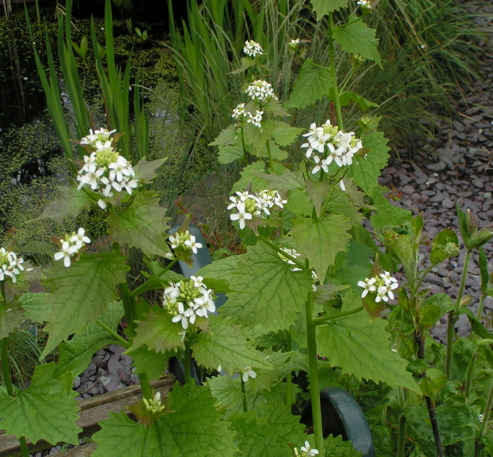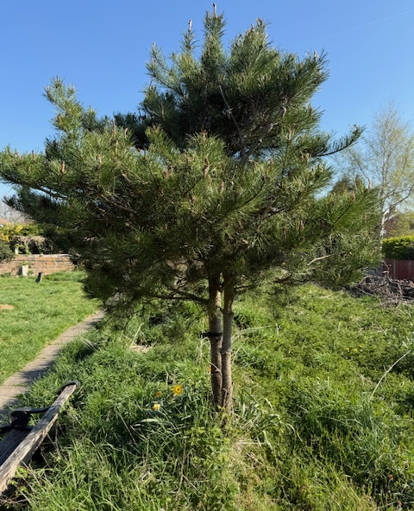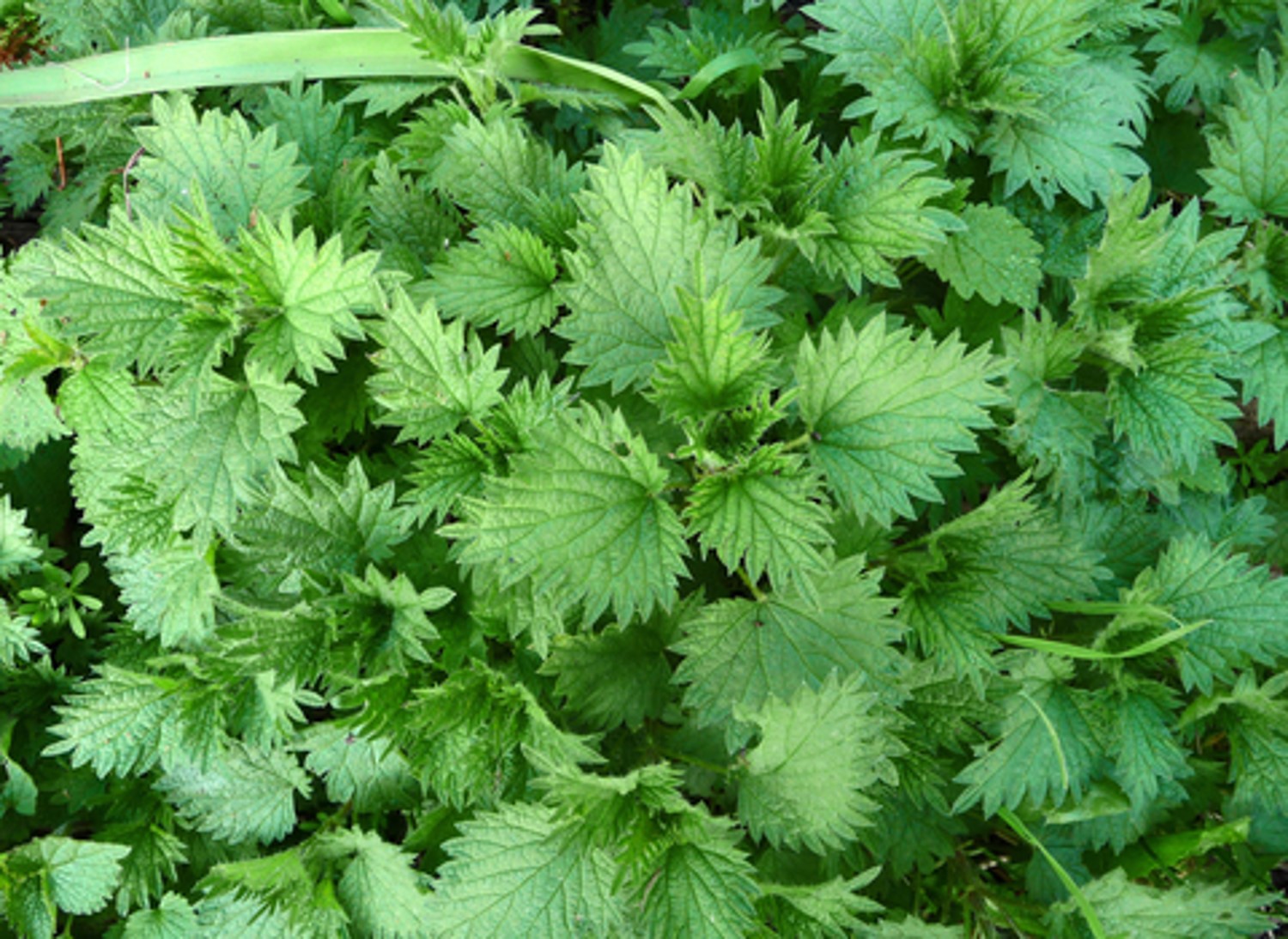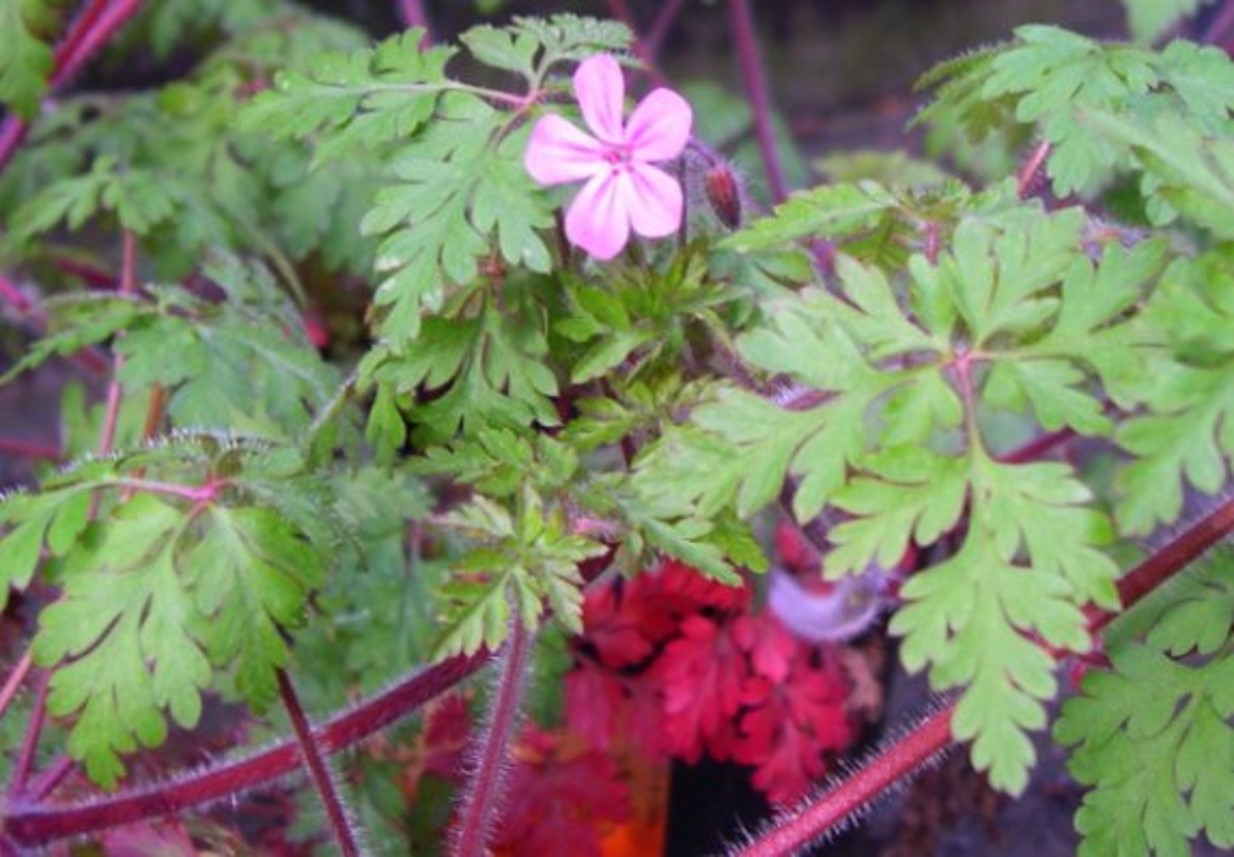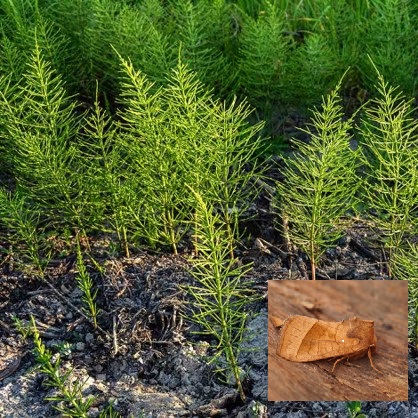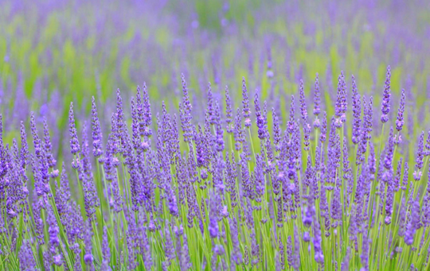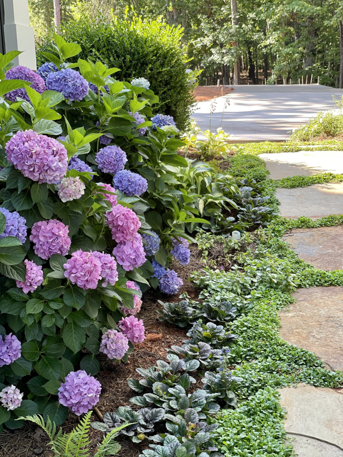Stop 1: Elephant Ears : Bergenia cordifolia
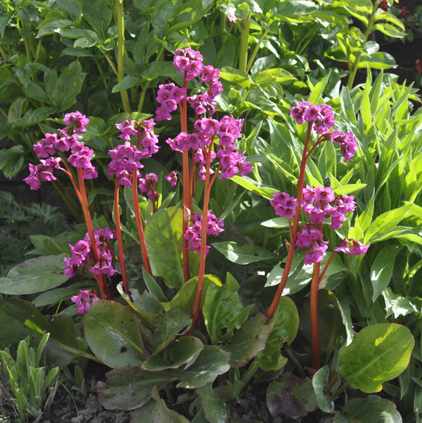
-
In traditional medicine, bergenia has been used for various ailments, including kidney
and bladder issues, and to dissolve stones. Some studies suggest that bergenia may
have antimalarial, and other medicinalproperties.
-
The common name of “Pig Squeak” is derived from the sound one can make by rubbing a
leaf with your fingers which will make a soundsimilar to that of a pig.
